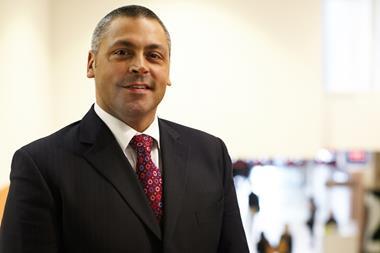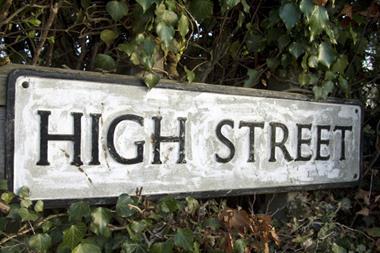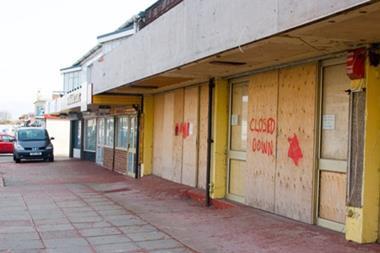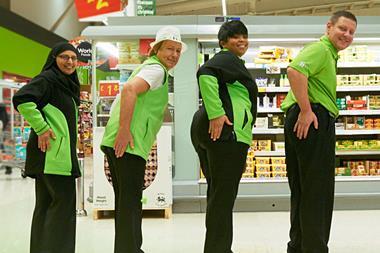Two years, eight months and 29 days after it brought in fashion guru Mary Portas to save the embattled UK high street, the government believes it has finally come up with a solution.
The Grocer can reveal that after often troubled experiments involving more than 400 Portas Pilots and town teams, the Department for Communities and Local Government has devised a new plan to roll out what it claims are the “common factors for success”.
High street minister Brandon Lewis, the third minister to have been at the helm since Portas was parachuted in, is set to reveal the launch of a new rescue plan that will be tested from May across nine locations, with Bedminster, Braintree, Dartford, Rotherham and Sydenham all believed to be on a shortlist being drawn up by advisers from Business in the Community and the Association of Town and City Management.
Under the new plan, the areas will set three- to five-year “town visions” that are reviewed annually against a set of targets, with businesses and local councils also heavily involved.
Portas is set to take a back seat in the work - having been at the centre of as much controversy over her work as praise - and it is understood not all the nine areas that test the new ideas will be Portas Pilot areas.
Instead, Costa coffee UK MD Jason Cotta, who sources said had brought a “much more business-like approach”, is spearheading the new strategy as part of his role alongside executives from other high street companies such as Tesco and Boots on the government’s Future High Streets Forum. The DCLG stressed that the plans were not a new series of pilots and there would be “no new government money involved”.
It added that businesses would be expected to play a supporting role in the plans and the government was pressing for the successful towns to include a compulsory role for their local authority.
The Grocer understands there has been huge exasperation from within the Forum at the lack of formal structure involved in the Portas Pilots and town teams, with the first pilots launched in May 2012 seen as a free for all with no corporate governance or structure for future planning put in place and several of the Portas Pilots marred by a series of embarrassing stories of ill-organised local traders being accused of wasting government funding, or in many cases not spending it at all.”The fact is that for the first year the Portas Pilots didn’t have any support at all,” said one source, who described the difference between Cotta’s approach and Portas’ as “comparing apples and pears”.
“This is not about having a new series of pilots,” the source added. “This is about having a blueprint for success which is proven to work.”
While much of the work of the town teams focused on ideas such as rejuvenating markets, launching pop-up shops and trying to rein in parking fees, the new plan would not have a prescriptive menu of actions and was more about ensuring a structured and accountable approach, said sources.
Cotta has also been tasked with developing a new communication and PR strategy for the forum and creating a new “high street brand”.
“There are lots of things that we’ve found out during the process, from Mary Portas onwards,” said one member of the Forum. “This new plan is very good news, but it’s important that it’s not a one-size fits all approach. Every town is different.”
The moves by the government come with figures pointing to the most concrete signs yet of a recovery on the High Street. Vacancy rates on the UK high street published by the Local Data Company fell to their lowest level in four years, while UK retail sales were up 3.9% on a like-for-like basis from January 2013, according to figures from BRC/KPMG - the strongest growth since March 2010.
Sign in to comment on this article
Not logged in before? Register for FREE guest access today.
You will be able to:
- Read more stories
- Receive daily newsletters
- Comment on stories
Advert



















No comments yet